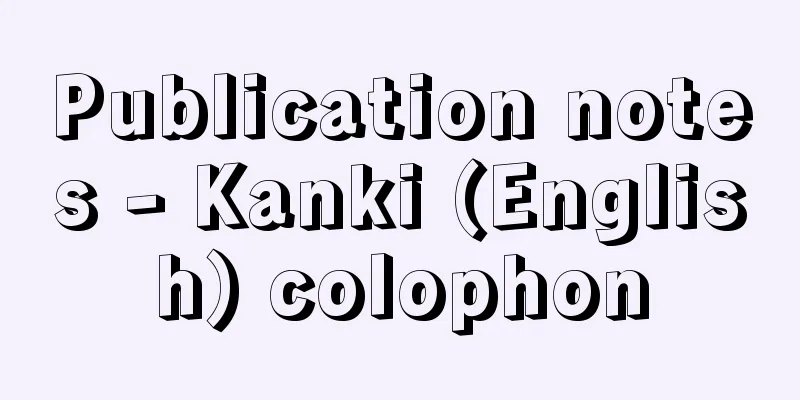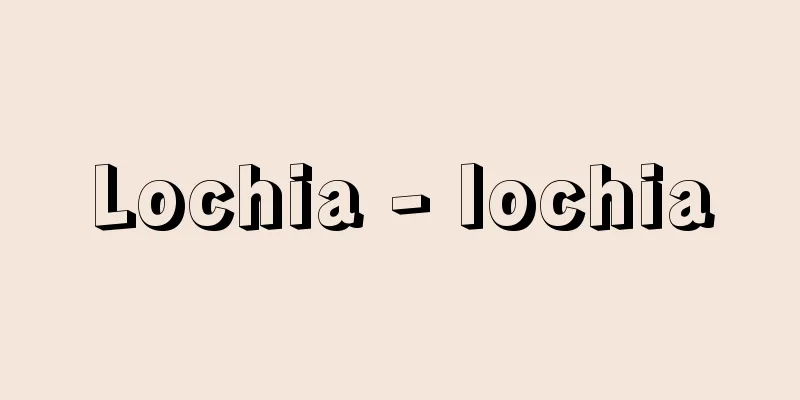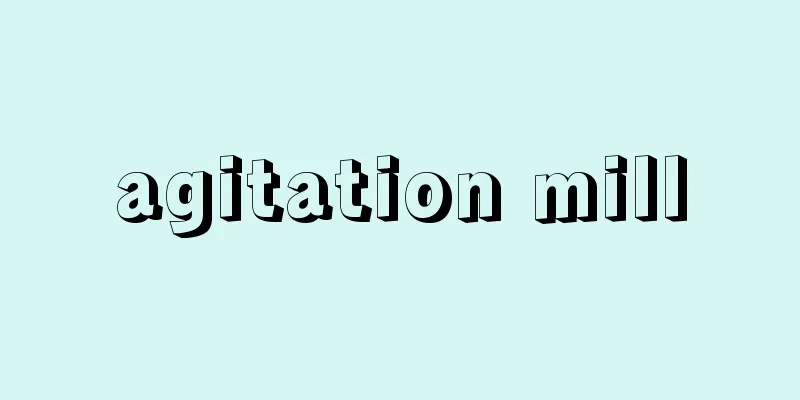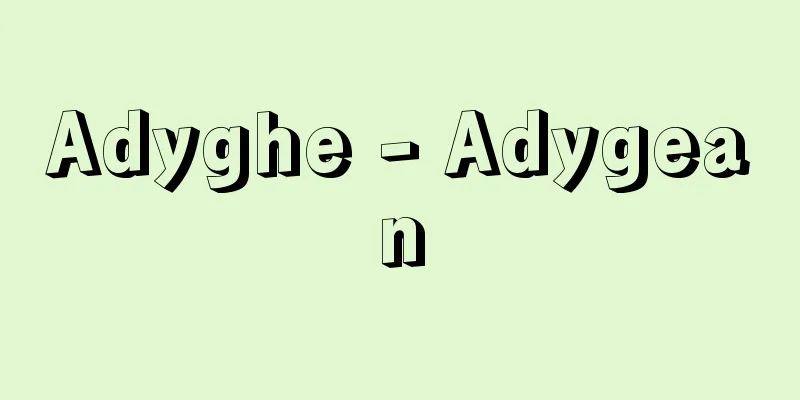Publication notes - Kanki (English) colophon

|
A notation indicating the publication date, place of publication, and publisher's name of a published book, and is often found at the end of a Japanese or Chinese book. When the publication note is enclosed in a box or shown inside a bell, tripod, or koto shape, it is collectively called a mokki. When the publication note is shown on a separate page, it is called a colophon. European manuscripts and early printed books also have colophons at the end of the book, and in many cases they are written in red ink or have a printer's mark added. [See also] Source: Dictionary of Library and Information Science, 4th Edition Dictionary of Library and Information Science, 5th Edition About Information |
|
刊本の出版年月,出版地,出版者名などを示した表記で,和漢書の場合多くは巻末にある.刊記を枠で囲ったり,鐘,鼎,琴などの形の中に示す場合,これらを総称して木記(もっき)と呼ぶ.刊記を別丁に示す場合,奥付と呼ぶ.ヨーロッパの写本や初期の印刷本でも巻末にあり,赤インクを使ったり印刷者マークを添えたりした例も多い.[参照項目]
出典 図書館情報学用語辞典 第4版図書館情報学用語辞典 第5版について 情報 |
Recommend
Kintomo Anekoji - Kintomo Anekoji
Year of death: Bunkyu 3.5.20 (1863.7.5) Year of bi...
Girumame Neway - Girumame Neway
…Even in the late 1950s, when the “age of indepen...
Act of government - Touchikoi (English spelling) Regierungsakt; acte de gouvernement
Even if legal judgment is possible, acts that are ...
WHO - World Health Organization
It is one of the specialized agencies of the Unite...
Aruheitou - Aruheitou
A type of Nanban sweet brought to Japan by Portug...
Replacement child - Torikaeko
A European folklore. Infants and young children ar...
Katsuura [city] - Katsuura
A city facing the Pacific Ocean in southern Chiba ...
Ranzania japonica (T.Ito ex Maxim.) T.Ito
It is also known as Togakushi Shouma (illustration...
Enciclopedia Italiana (English)
…In addition to gaining the consent of the people...
Town Hall - Gaiboukai
…Generally, adult men rarely participate in neigh...
Ogasawara Fisheries Center - Ogasawara Fisheries Center
...Each egg is laid at about 60 to 100 eggs. Sinc...
Kunsthistorisches Museum Wien
Located in Vienna, Austria, this is one of the wor...
Condensed matter physics
A field of study that studies the macroscopic pro...
Shinhotaka [Hot Springs] - Shinhotaka
A group of hot springs in the upper reaches of the...
Sats, NI (English spelling) SatsNI
...There were also innovative reinterpretations o...









